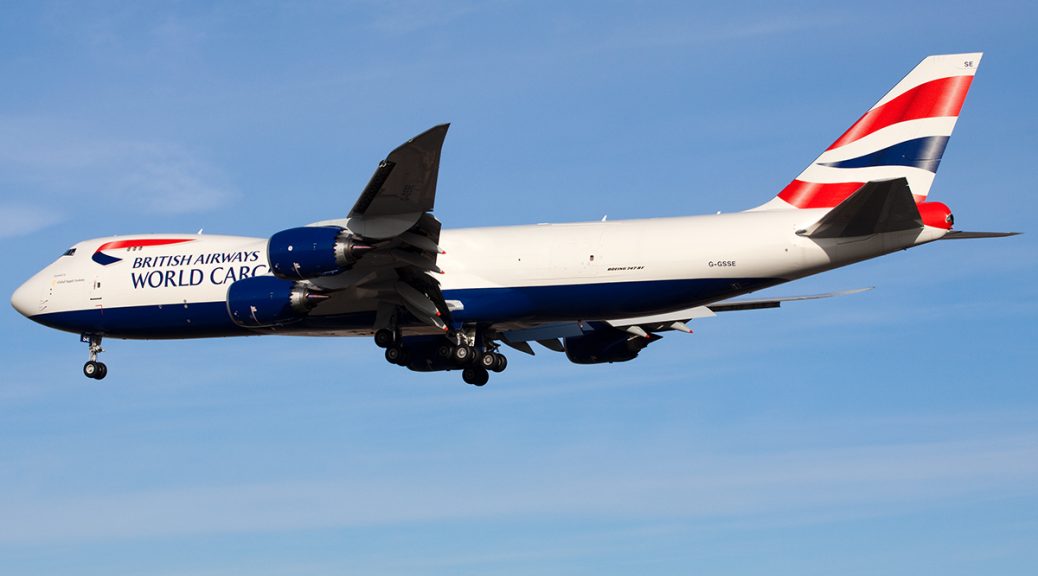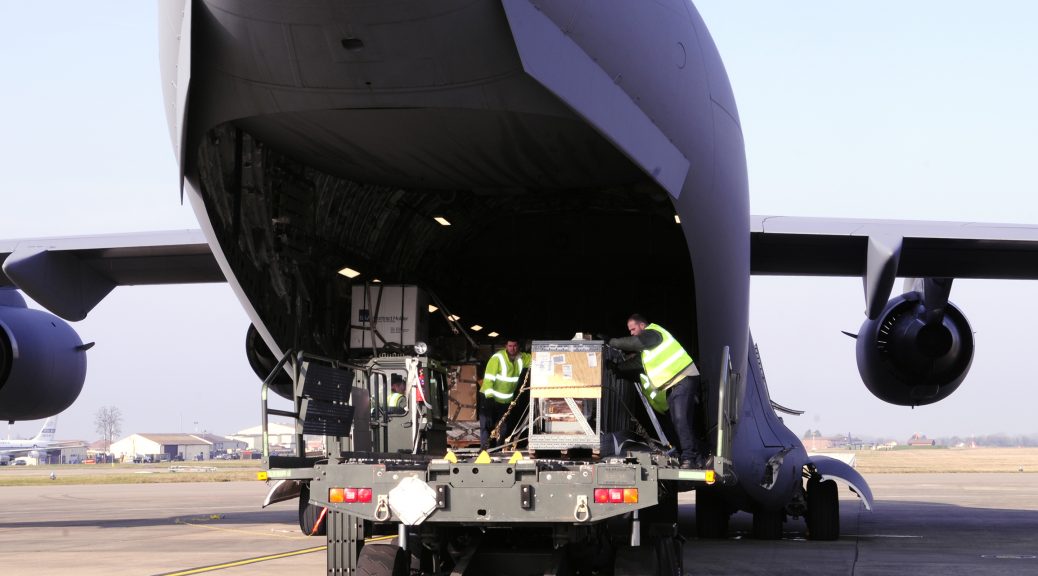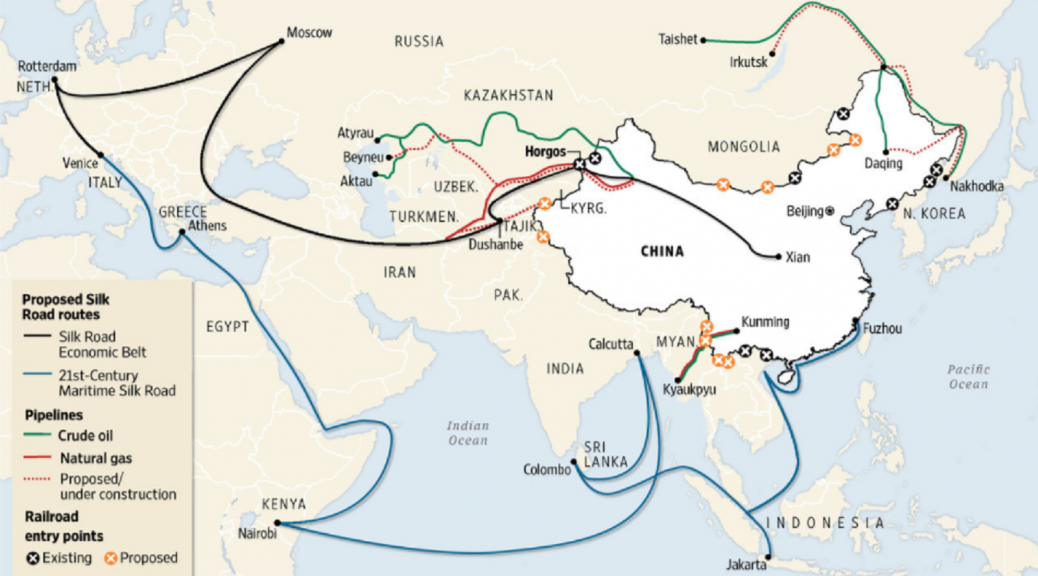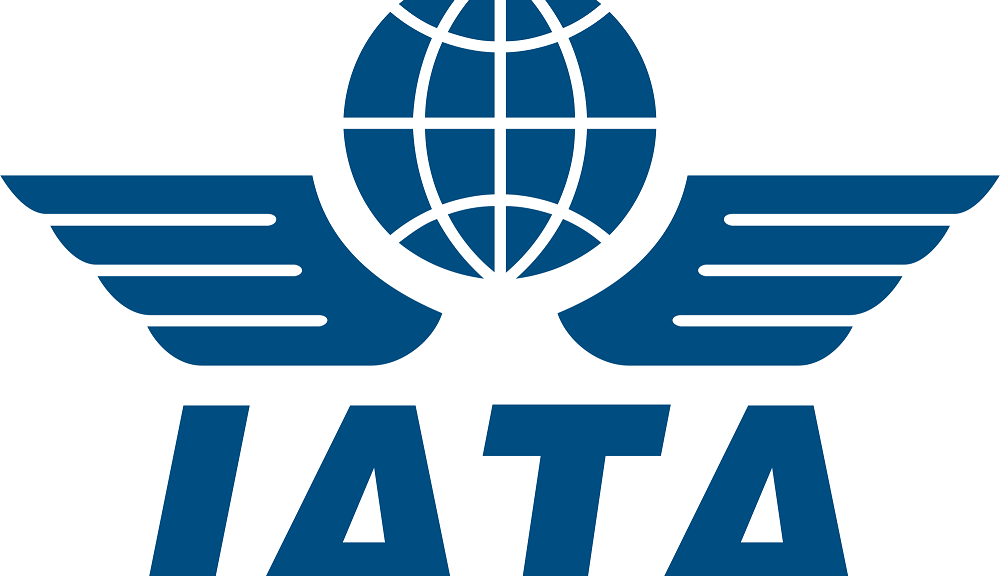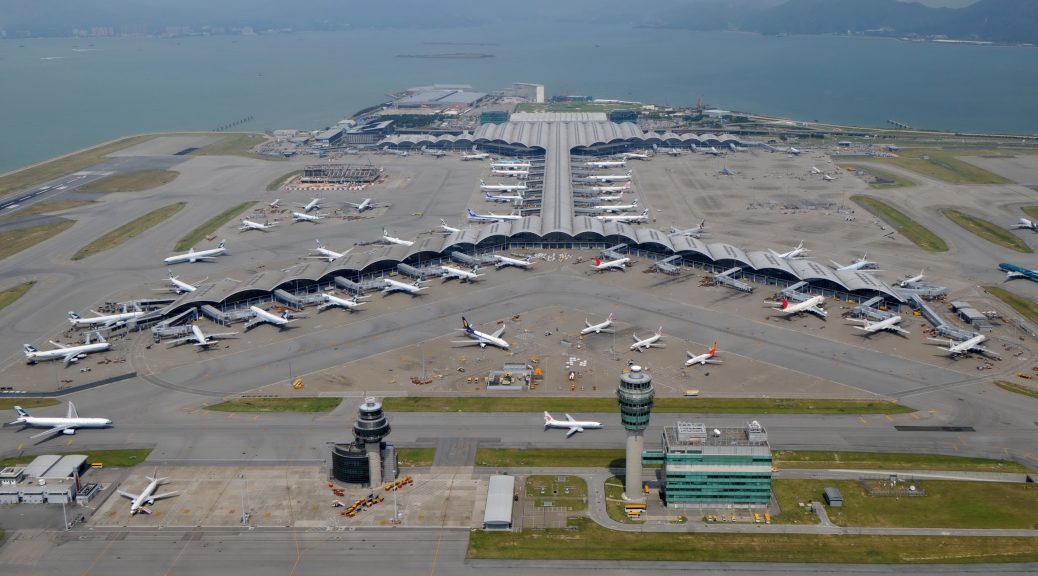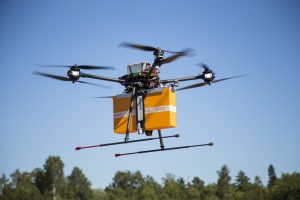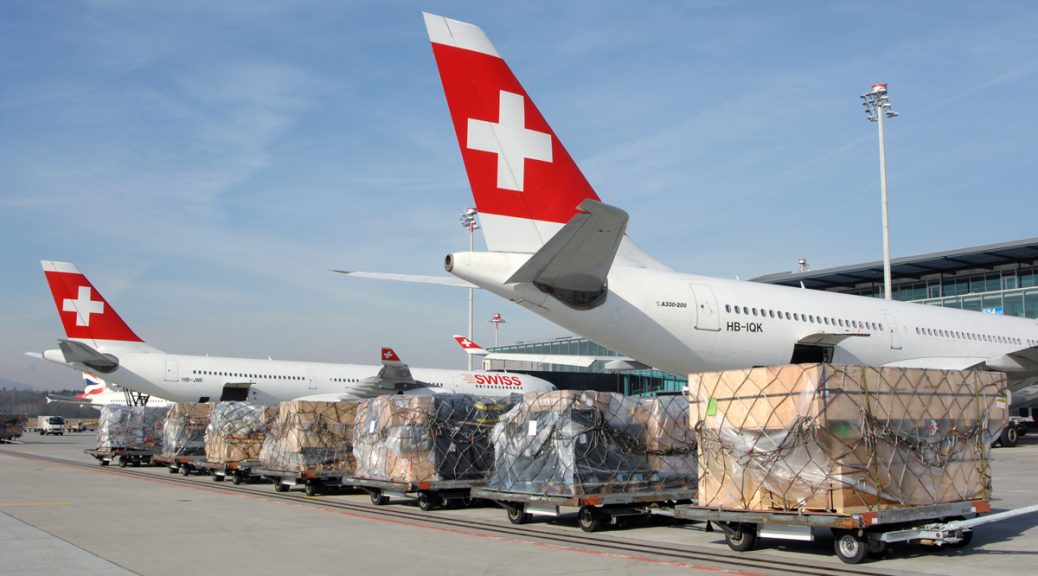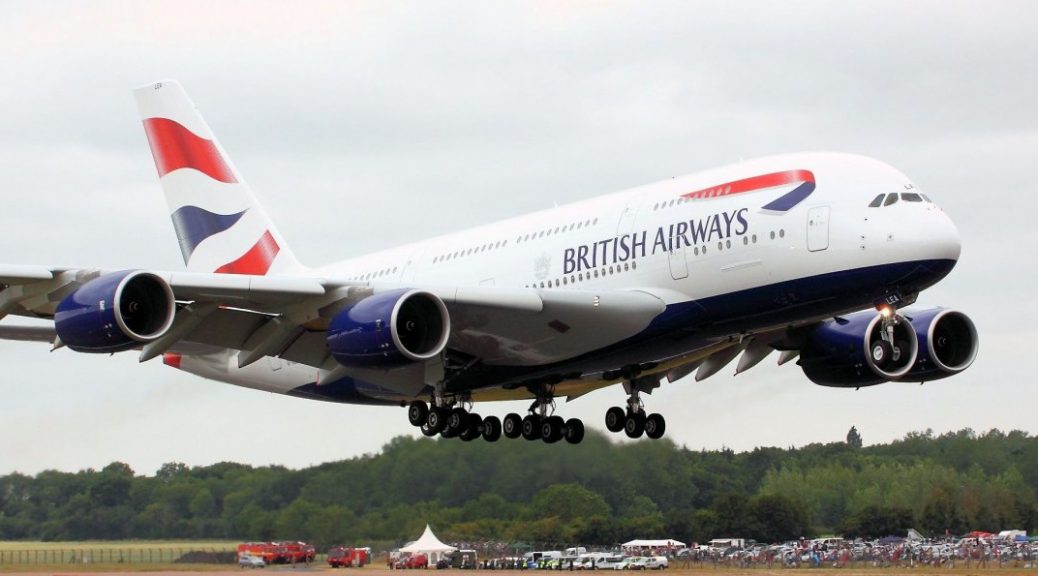We’ve spoken before about the need for an investment in technology to bring the air cargo business into the 21st century. But it’s also worth considering what kind of changes that technology will bring to the industry, and how it will impact possibly the single most import aspect of all the work we do – the service we give to our customers.
A look ahead
So how different will the air freight industry look in five years’ time? What impact will an increasing investment in cutting technology have had on the way we all work? And what opportunities do the trends in the industry present for those companies looking to get ahead of the competition?
An automated future?
A recent survey by online booking portal Freightos of nearly 70 freight forwarders has provided some intriguing answers. Many of the respondents asked – 75% – thought that future of air cargo looked very much like the revolution that has transformed banking. The model for many banks today is build on a high degree of automation, with a personal touch when it matters. Many of the freight forwarders suggested that processes will become largely automated, and that much of the physical process of actually moving goods from A to B will be handled by technology like automated stowage and self-driving forklifts.
It’s a picture of an industry that’s very different from today – but one that holds many opportunities.
Service will define us
Ignazio Coraci comments: “As our industry becomes increasingly digitised and automated, those real-life touchpoints between the customer and the forwarder will become ever more critical. Good customer service will be a key differentiator for people choosing between different air cargo operators – and that is a real opportunity to gain a business advantage for those companies who invest wisely.”
